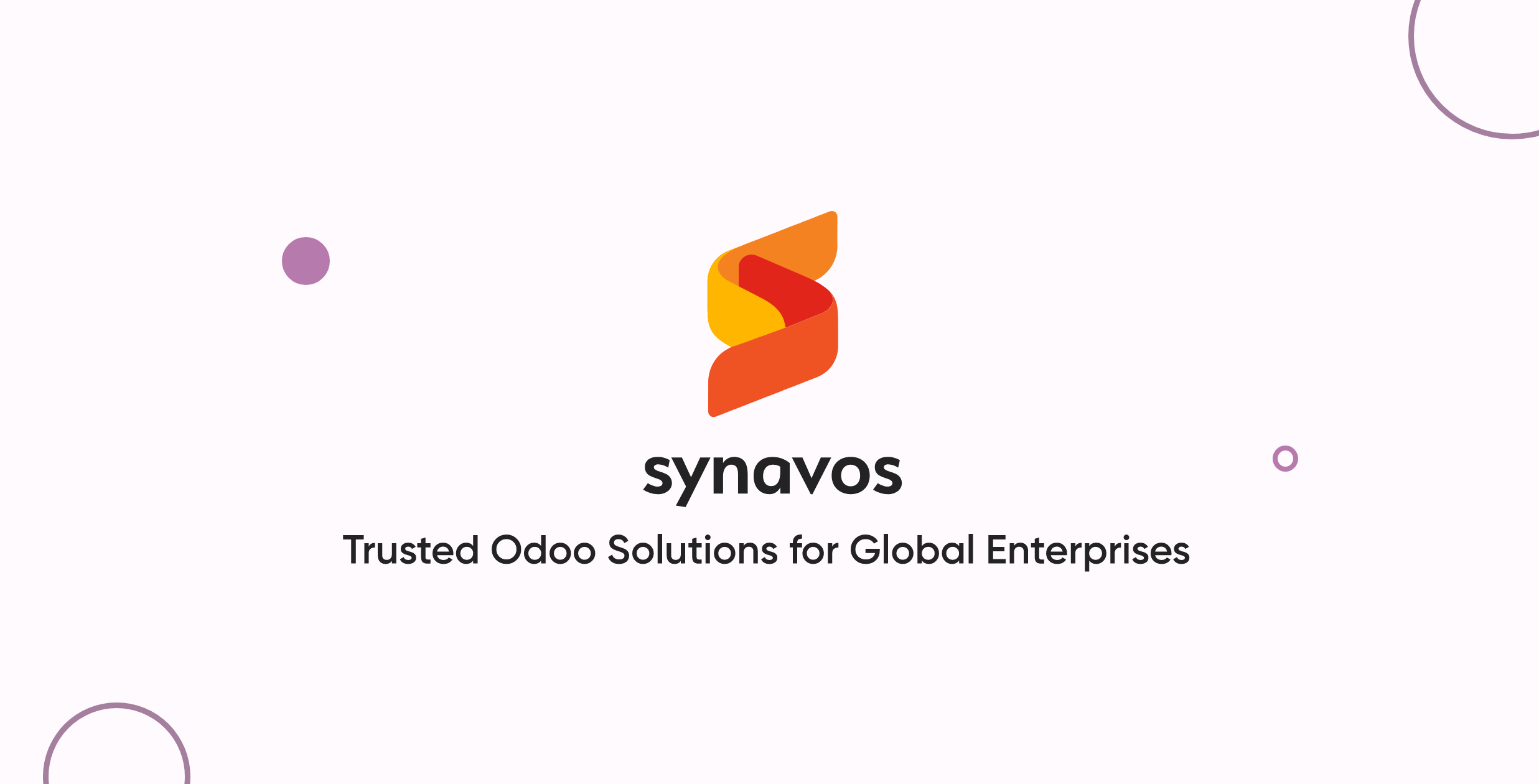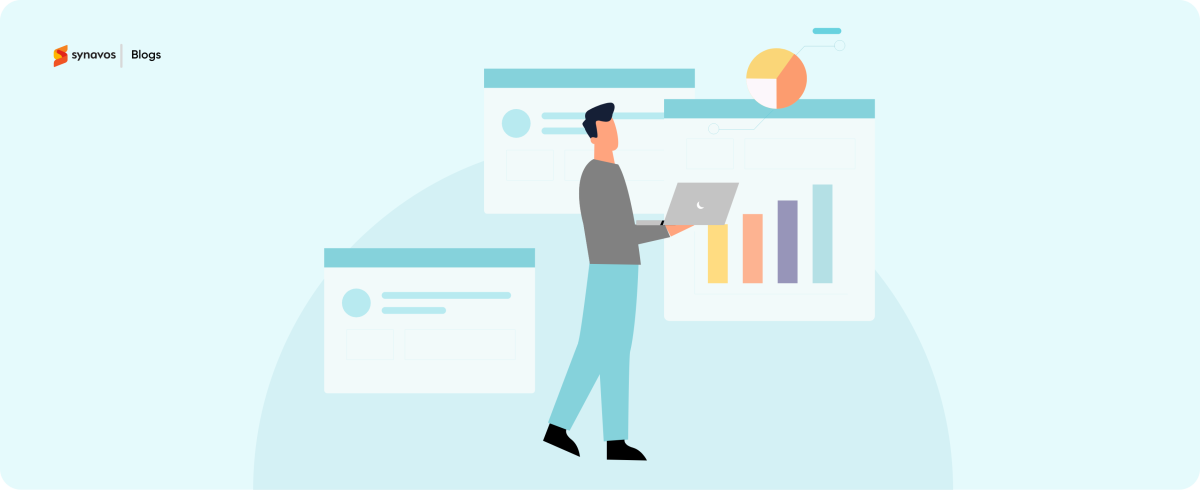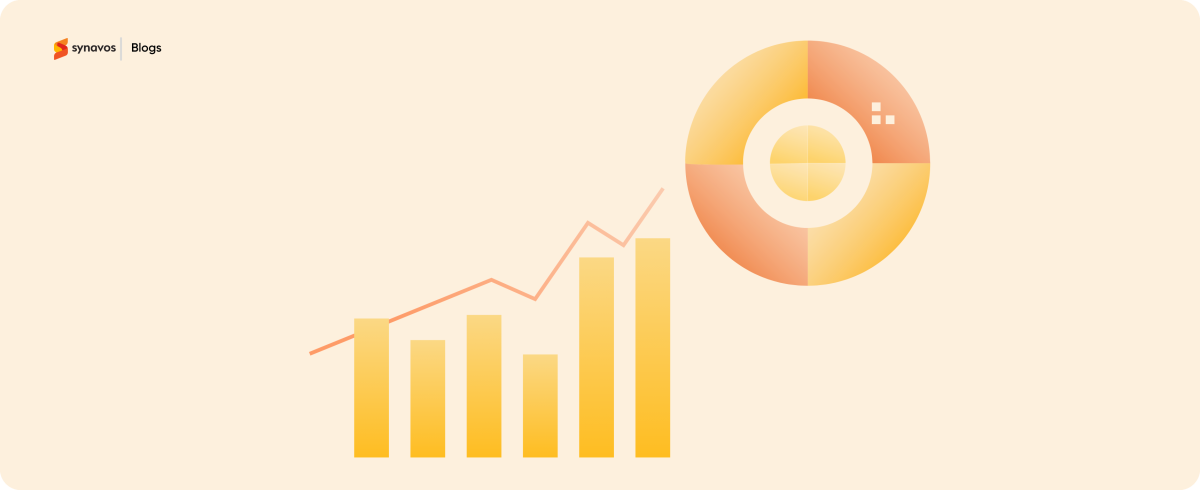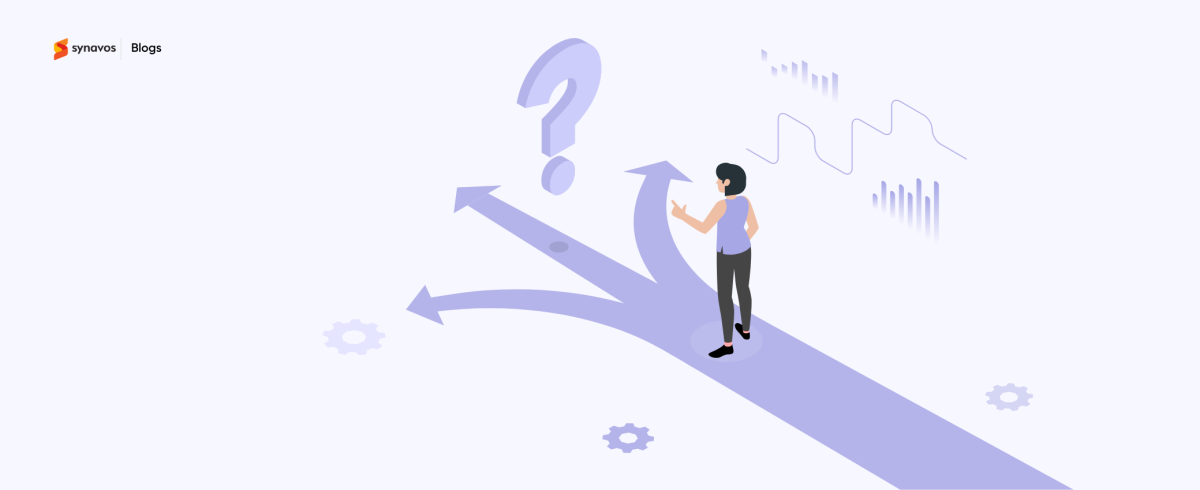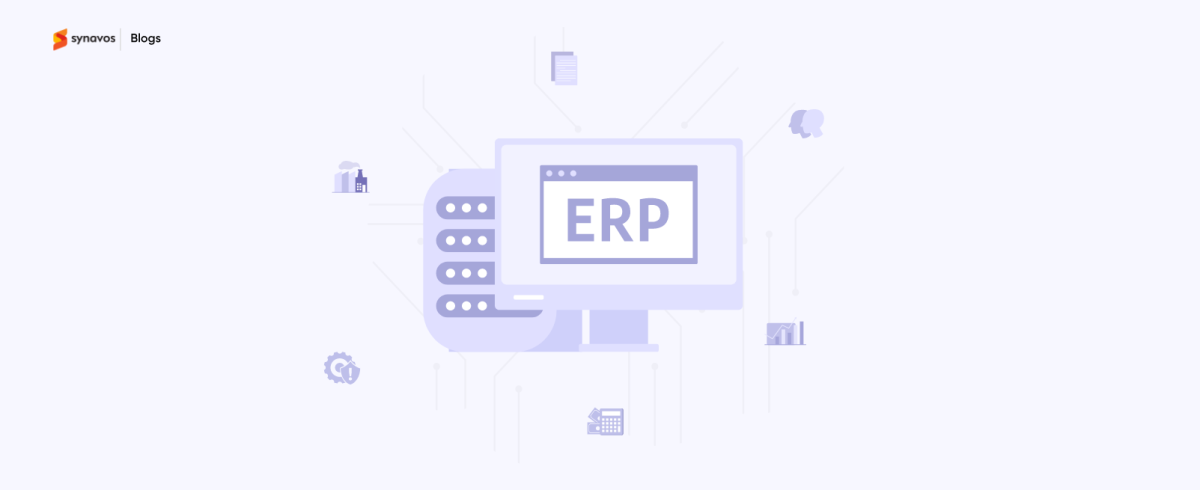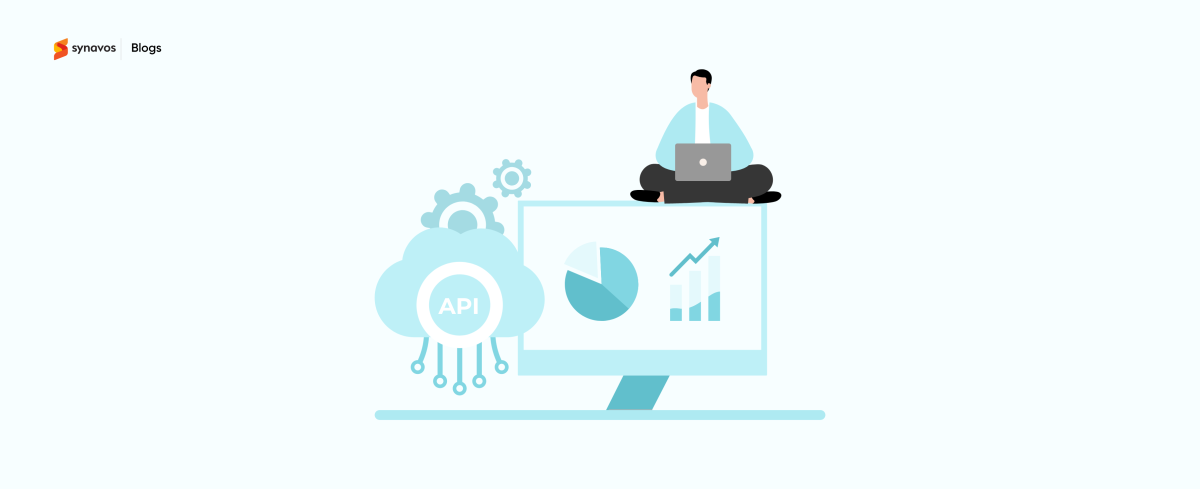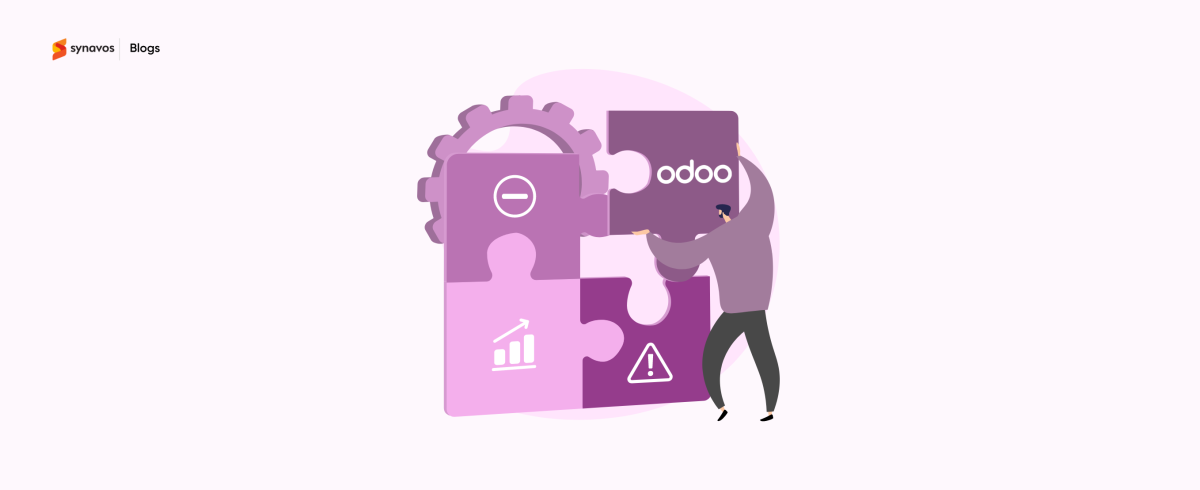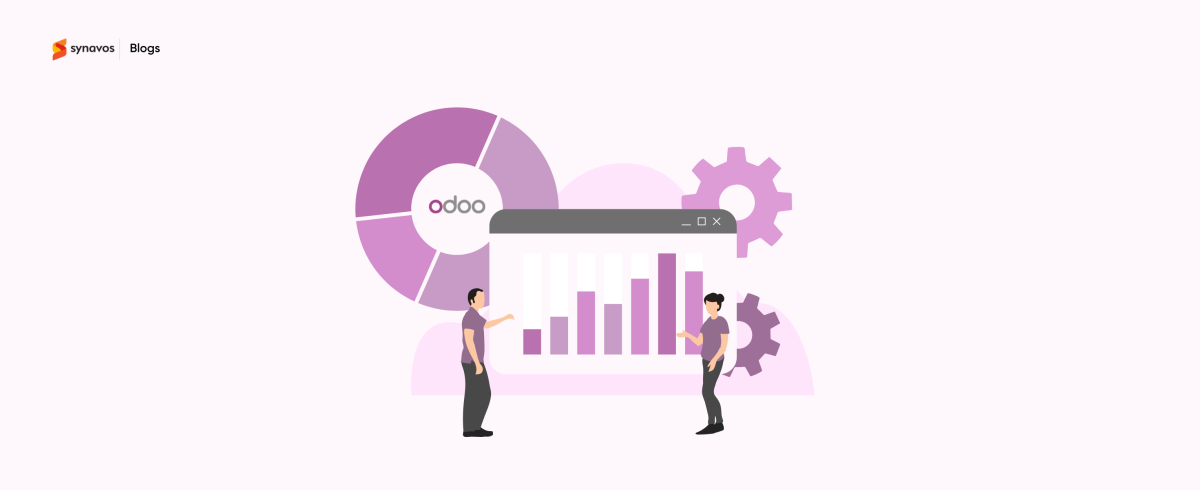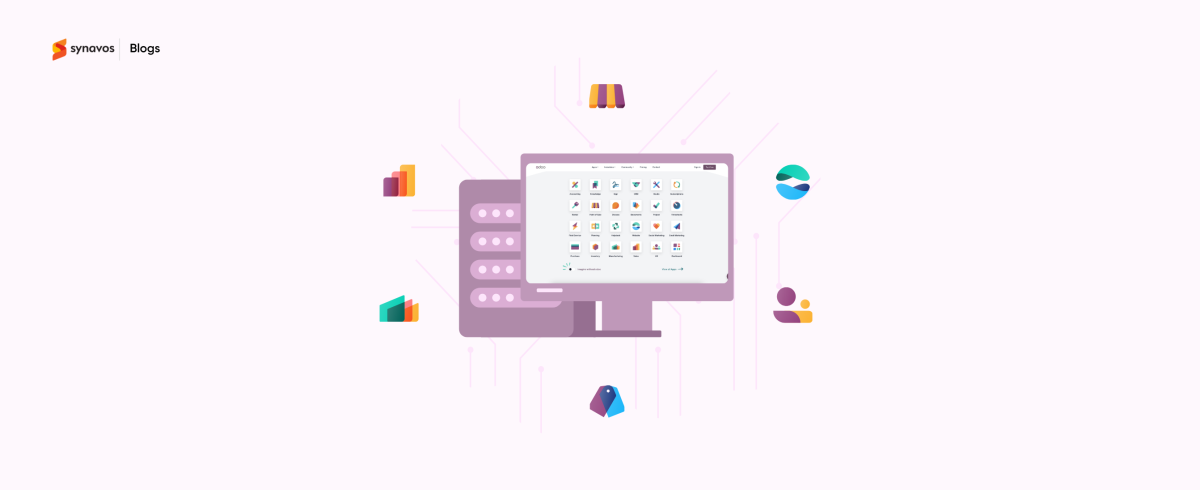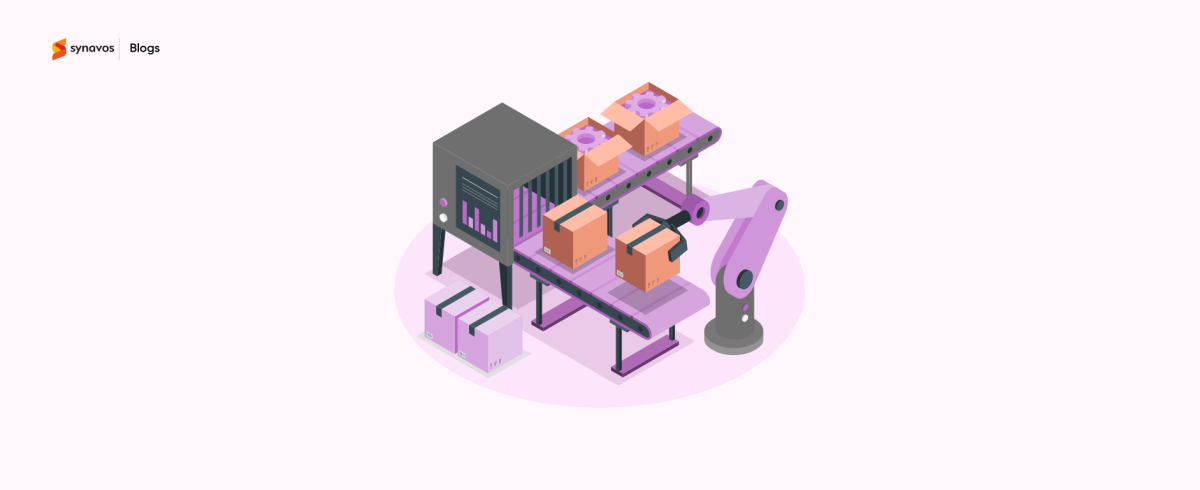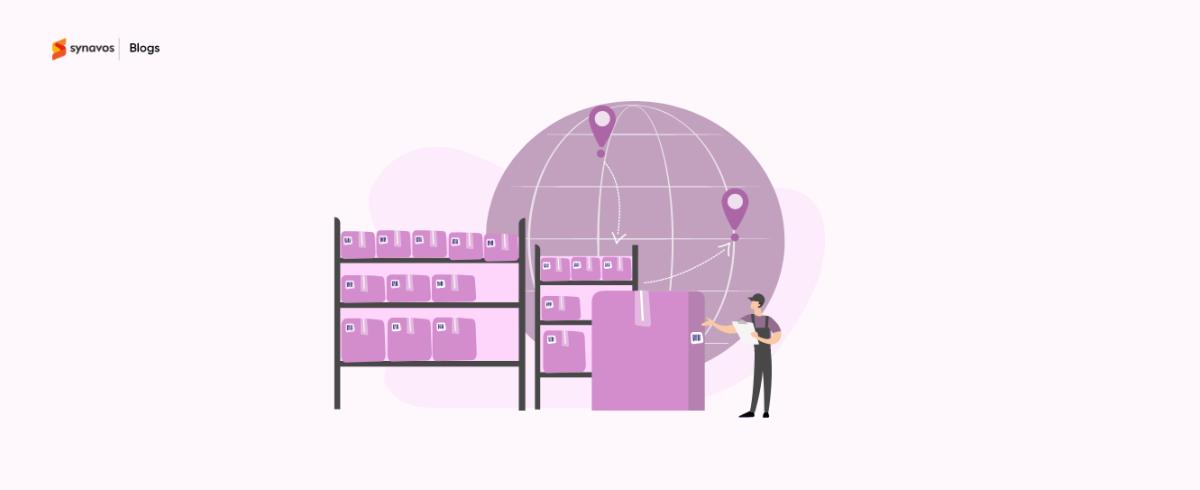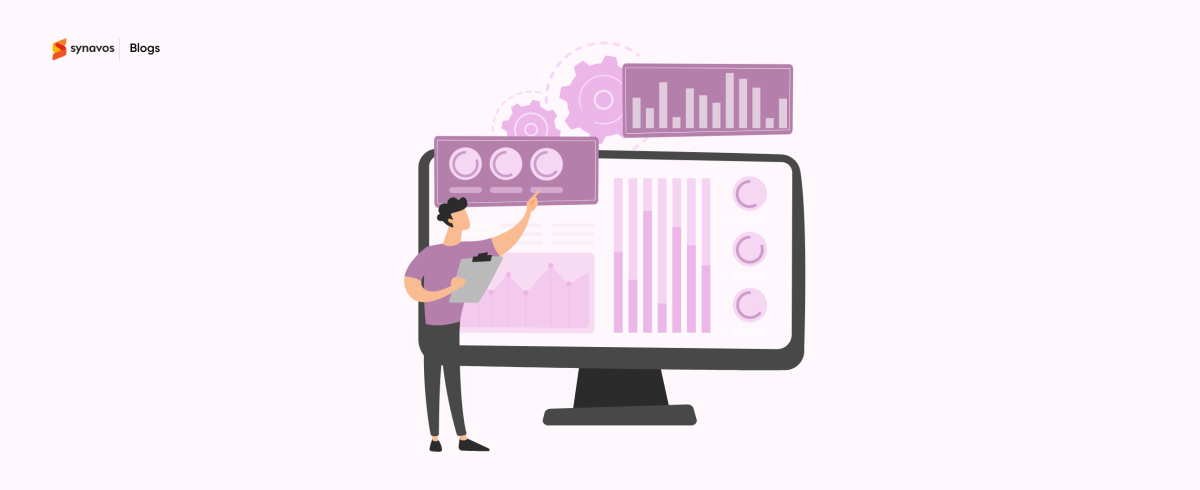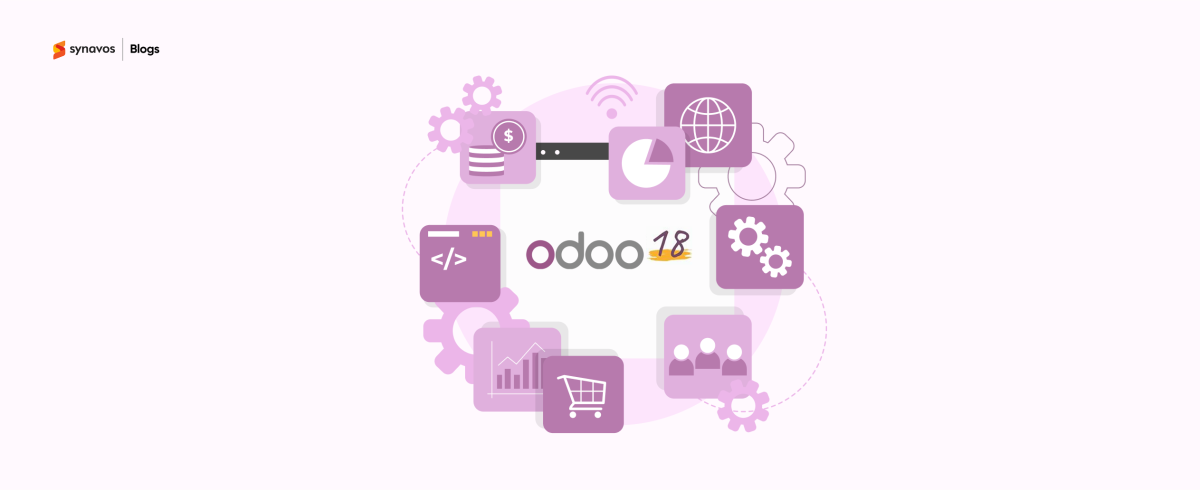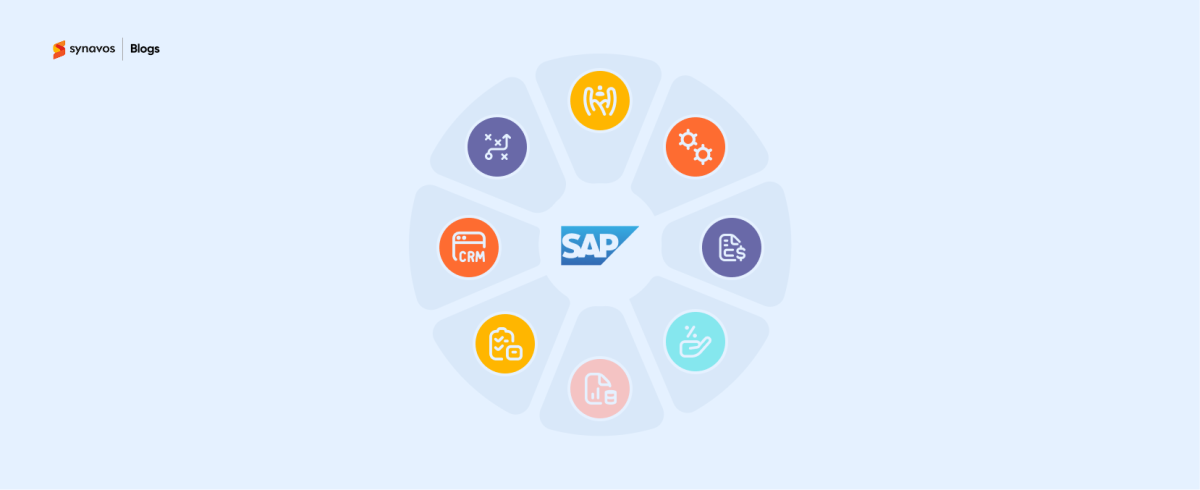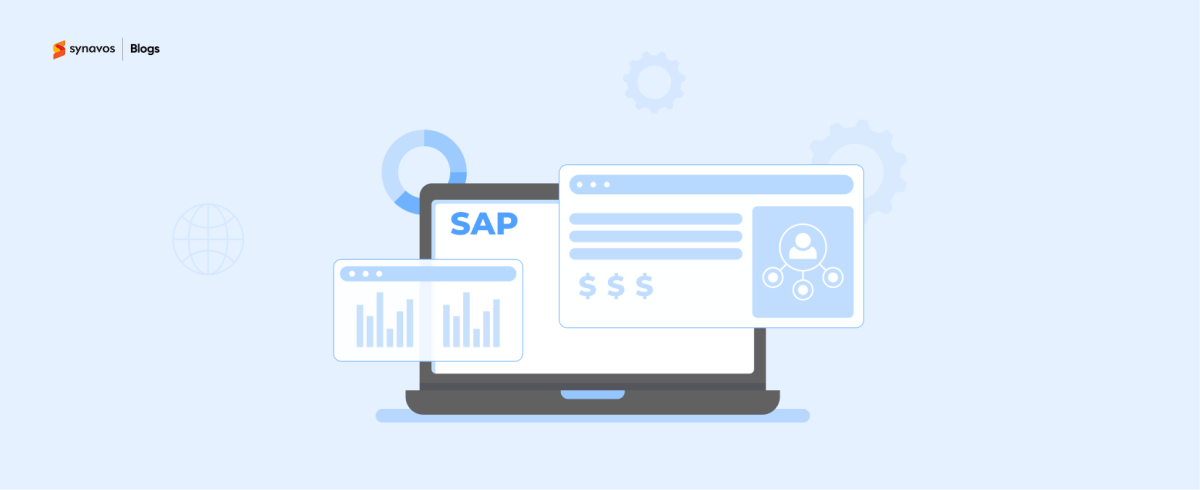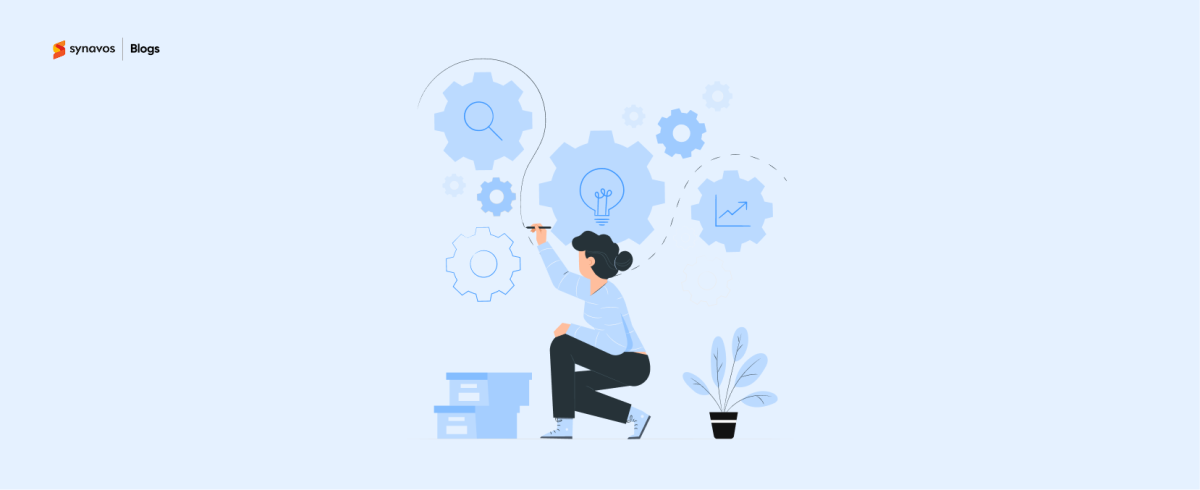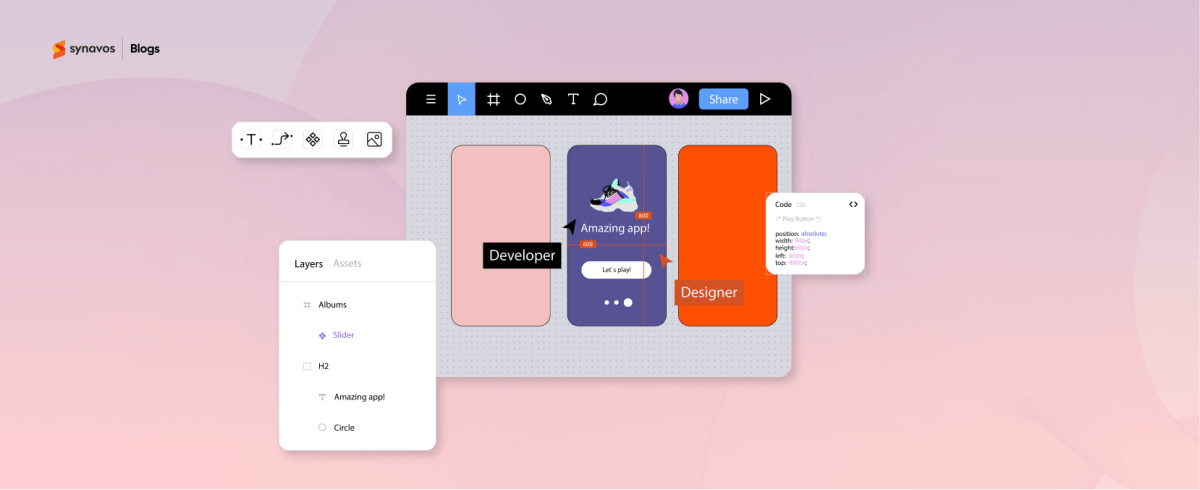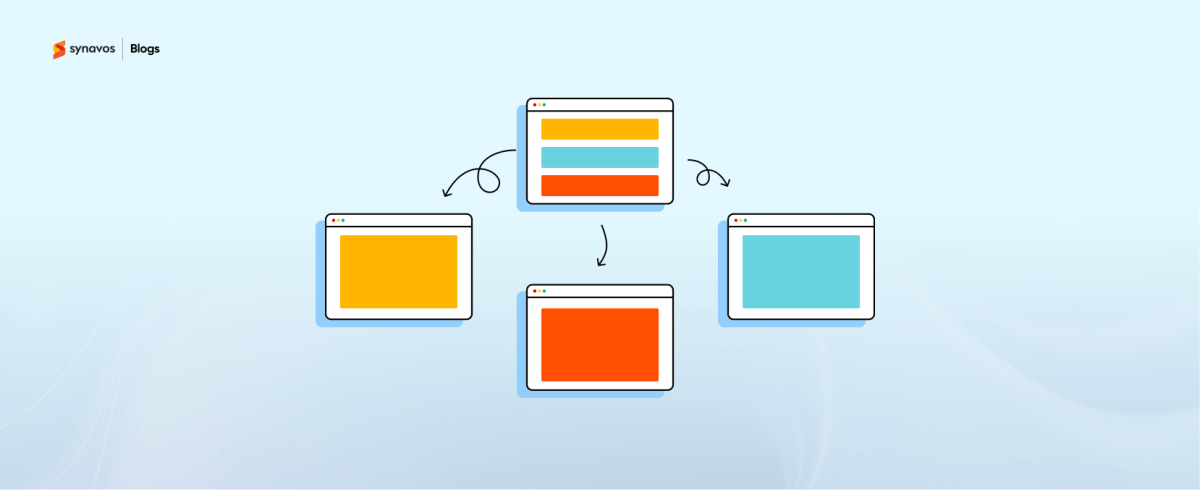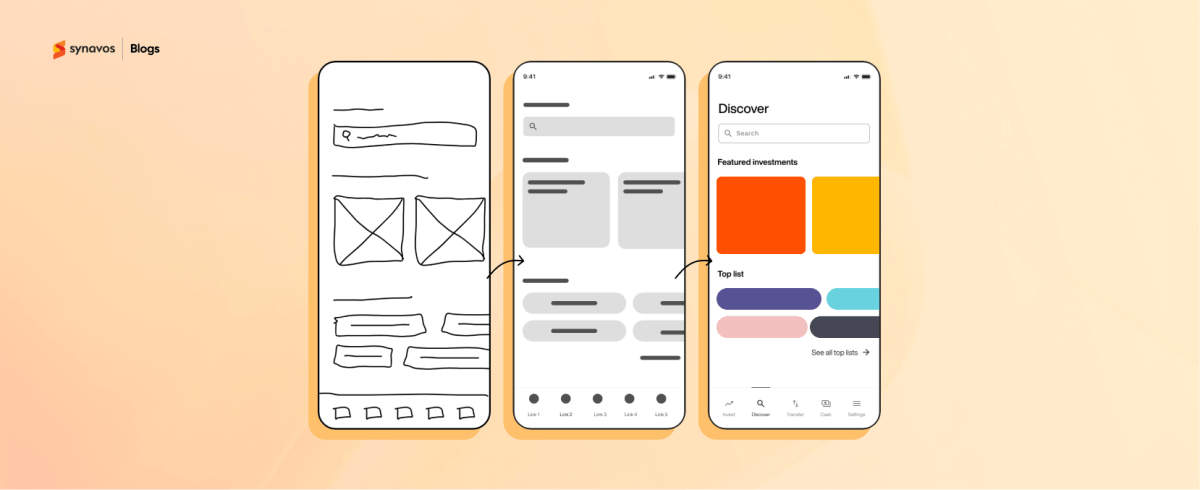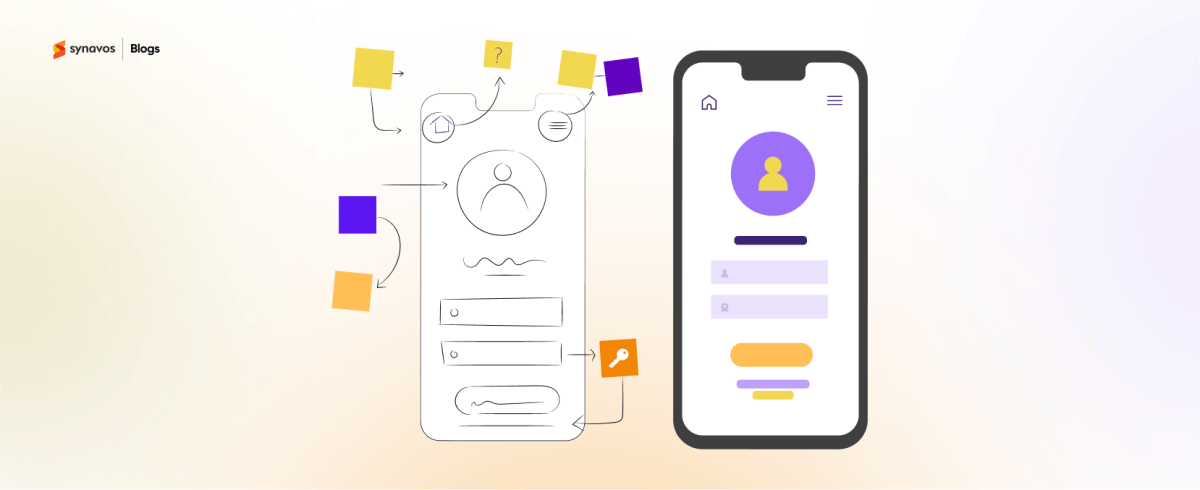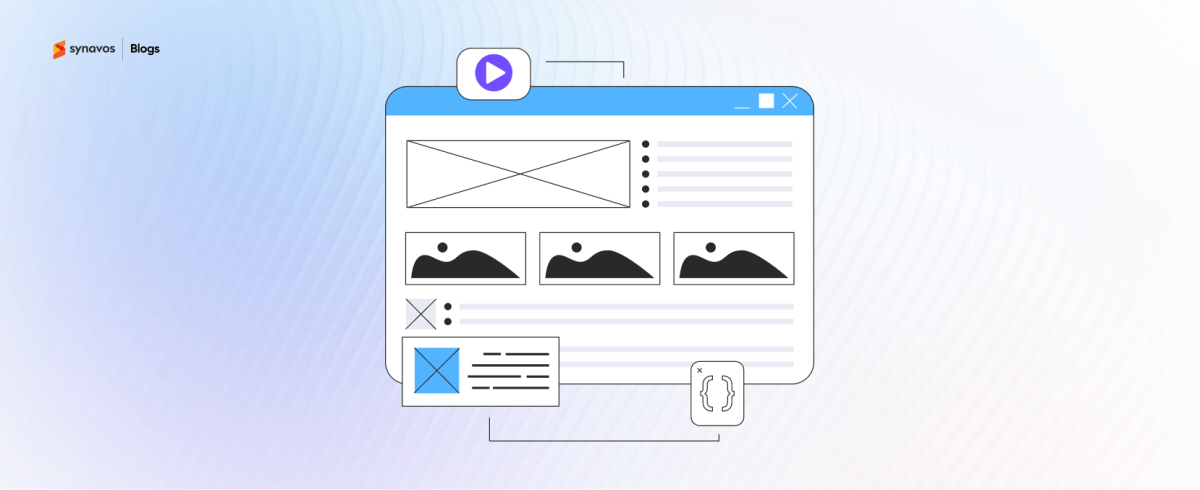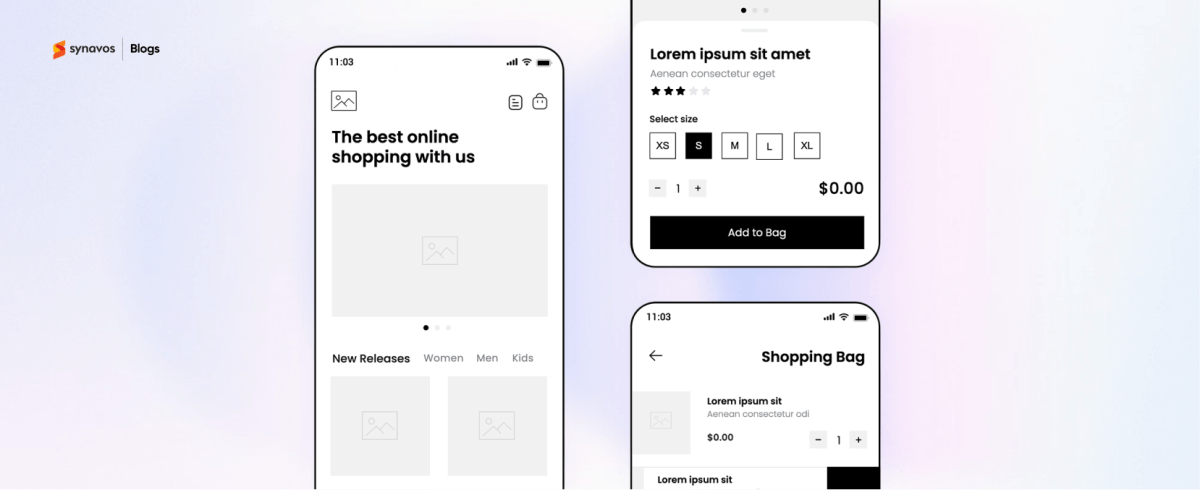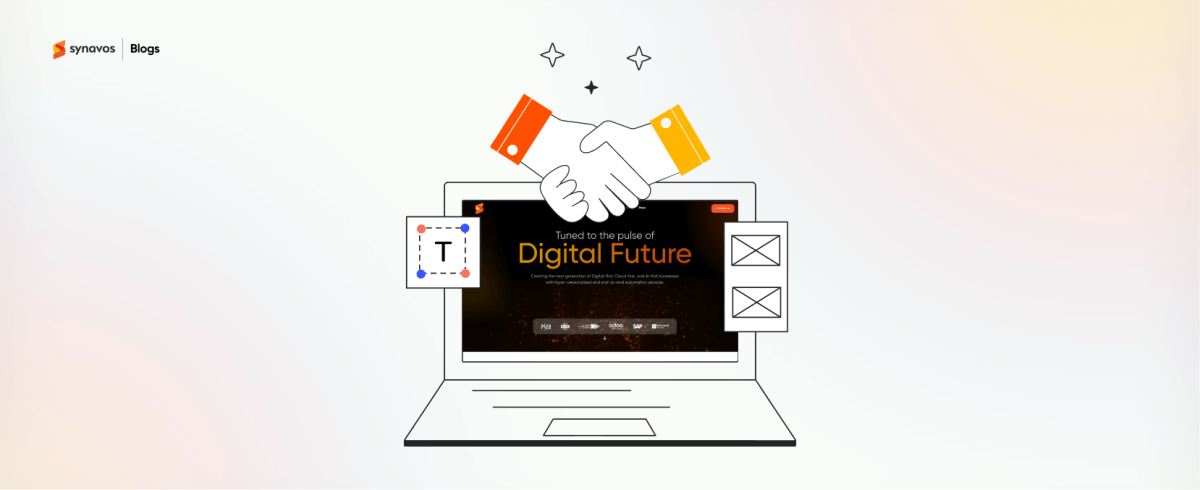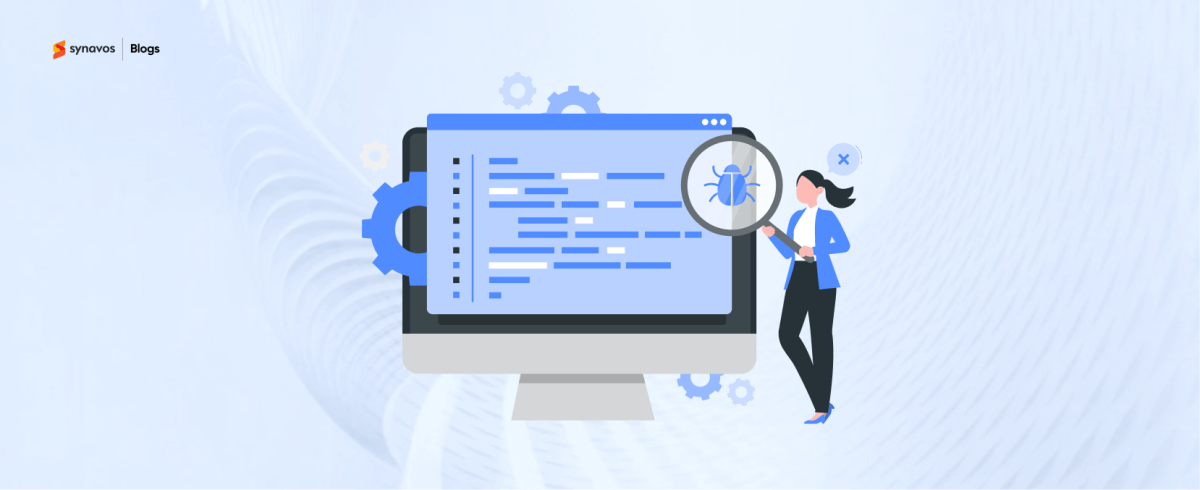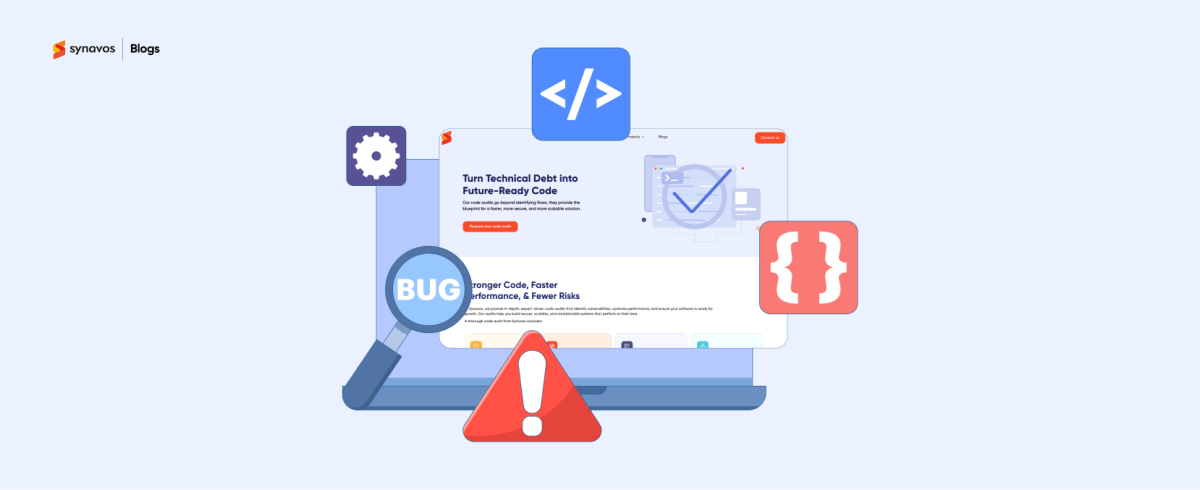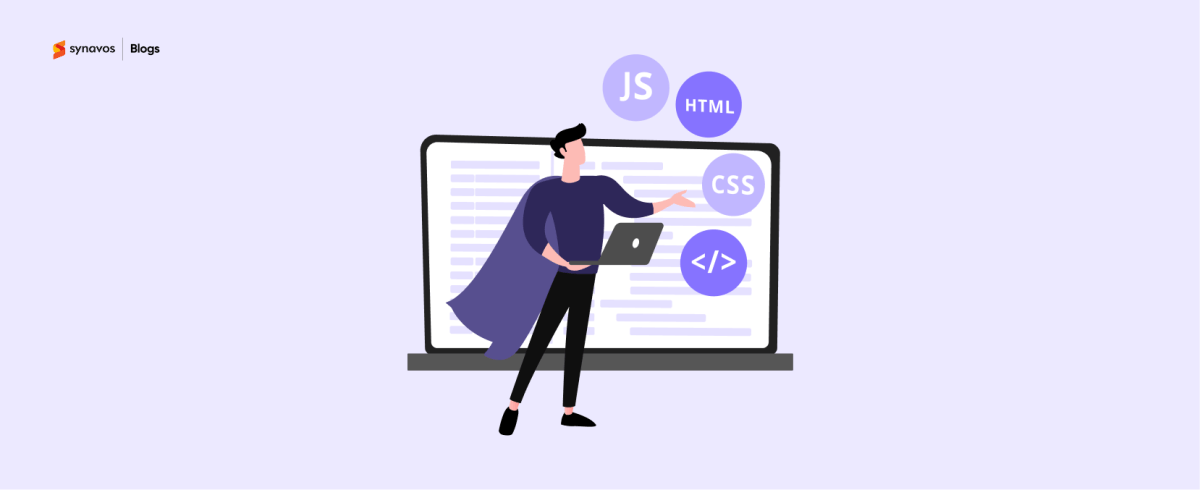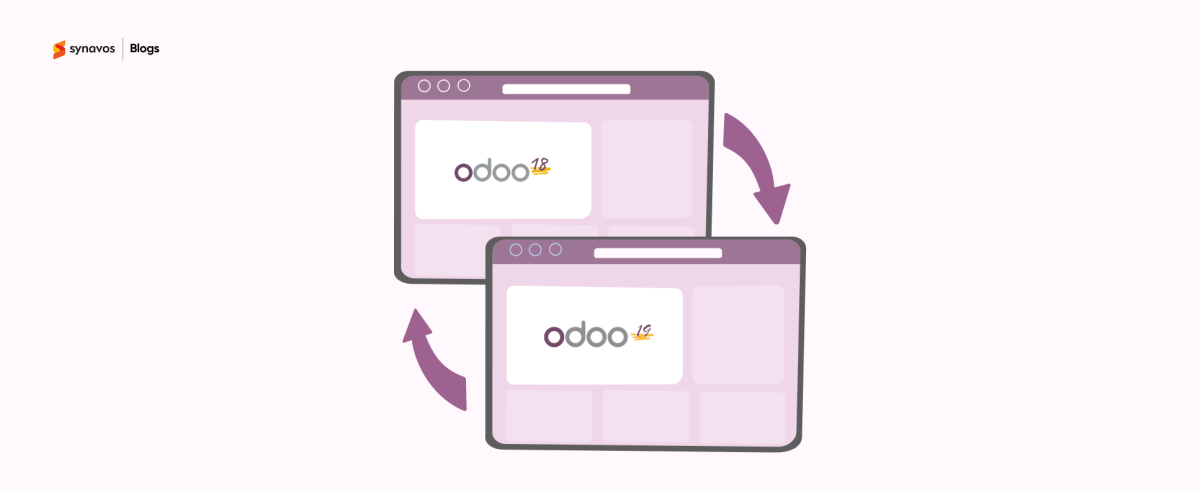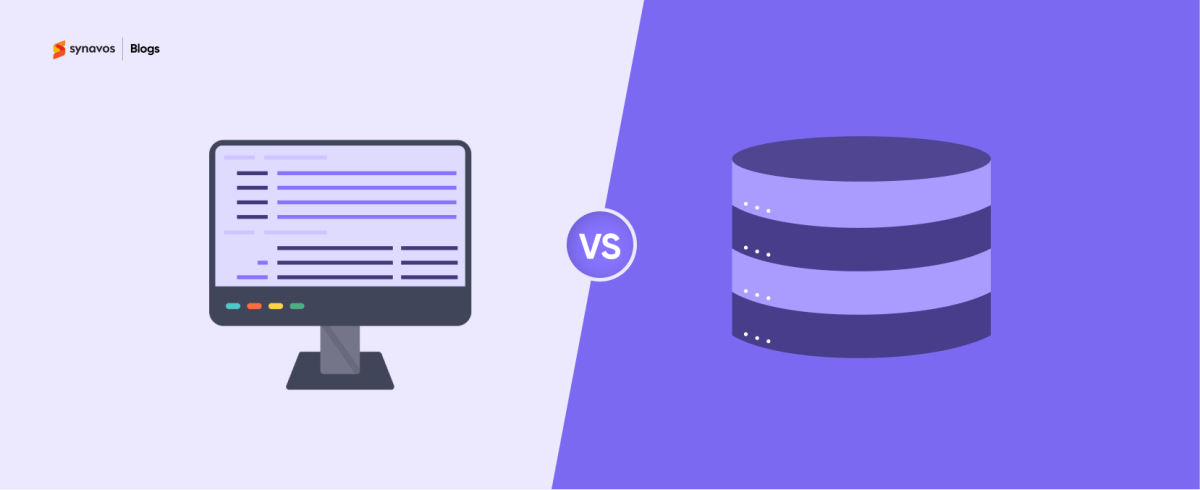Imagine a world where your business operations run seamlessly, your teams are aligned, and your data is always accurate. Sounds ideal, right? Implementing an ERP system like Odoo can make that vision a reality. With its robust functionality and flexibility, Odoo is designed to cater to diverse business needs. However, the key to unlocking its full potential lies in following a structured implementation process.
In this blog, we’ll walk you through the 7 key steps that will lead to a smooth, hassle-free Odoo implementation. Each step is designed to help you make informed decisions, streamline your processes, and get the most out of Odoo from day one. Let’s get started!
1. Discovery & Requirement Gathering
Think of this phase as laying the foundation of your dream house. Just as you wouldn't build without a solid blueprint, you shouldn't implement Odoo without understanding exactly what your business needs.
Start by sitting down with your team leaders and understanding their daily challenges. What processes are slowing them down? Which tasks keep them up at night? Document everything – from how your sales team handles quotes to how your warehouse manages inventory. This isn't just about listing features; it's about understanding the heart of your business operations.
Remember: The time you invest in this phase will pay off tenfold later. A rushed discovery phase is like building on sandy ground – eventually, things will start to crack.
2. Solution Design & Module Selection
Now comes the exciting part – designing your perfect Odoo solution. Think of Odoo's modules as building blocks. Which ones will you need to create your ideal business system?
Start with the basics: do you need accounting, inventory, or sales? Then consider the extras that could supercharge your operations. Maybe the manufacturing module could revolutionize your production line, or perhaps the CRM module could transform your customer service.
But here's the crucial part – don't get carried away with customizations. Just because you can customize everything doesn't mean you should. Sometimes, adapting your process to Odoo's standard features is smarter than bending Odoo to fit your every whim.
Learn more about the benefits and key practices for a successful Odoo ERP implementation here.
3. Project Planning & Governance Setup
This is where we turn dreams into actionable plans. Think of yourself as the director of a complex movie production – you need a script (project plan), actors (team members), and a schedule (timeline).
Set realistic milestones. Want to go live before your busy season? Great! But make sure you're allowing enough time for testing and training. Create a clear chain of command – who makes decisions when challenges arise? Who keeps the project moving when obstacles appear?
Pro tip: Your project plan should be firm enough to provide direction but flexible enough to adapt when surprises pop up (and they will).
4. Data Migration & Configuration
Data migration is like moving to a new house – you need to decide what to keep, what to throw away, and how to organize everything in your new space.
Start by spring cleaning your data. Those customer records from 2010? Maybe it's time to let them go. That complex pricing structure that nobody uses? Perhaps it's time for simplification. Clean data makes for a clean start.
Configure your new Odoo system thoughtfully. Each setting you choose should reflect a deliberate business decision. Think of it as programming the DNA of your new business system – get it right, and everything else will flow naturally.
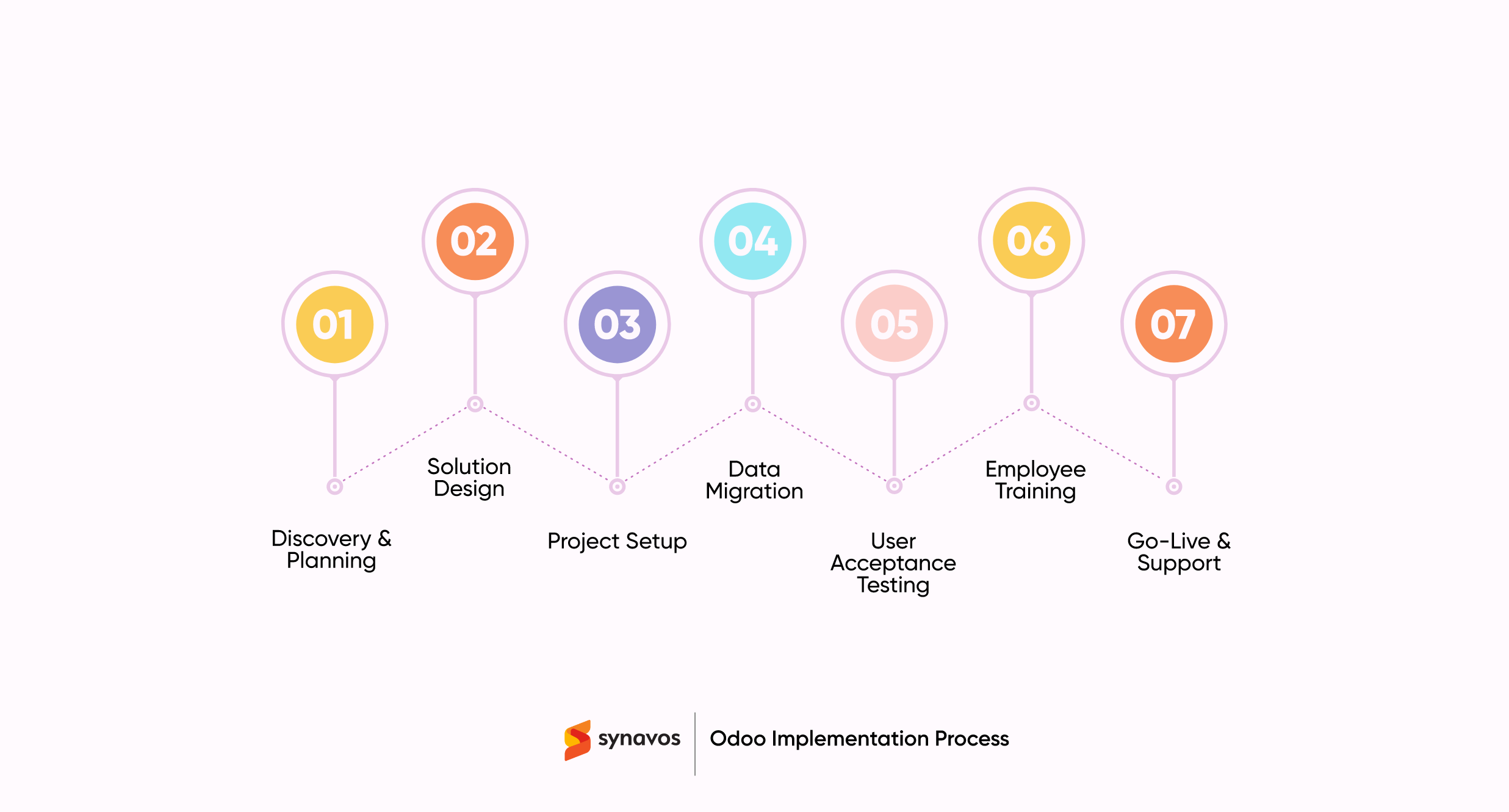
5. User Acceptance Testing (UAT)
Testing isn't just about finding bugs – it's about ensuring your new system can handle real-world scenarios. Imagine test-driving a car: you don't just check if it starts; you test it under various conditions.
Get your actual users involved. Have your accountants run through a month-end close. Ask your sales team to create quotes. Let your warehouse staff process a few shipments. Their feedback is gold dust – it tells you whether your new system will help or hinder their daily work.
The goal isn't perfection; it's confidence. You want your team to feel confident that when they press a button, the right things will happen.
6. Employee Training & Change Management
Here's a truth bomb: the best system in the world is useless if your team doesn't know how to use it. Training isn't just about teaching button clicks – it's about winning hearts and minds.
Make training engaging and relevant. Use real scenarios from your business. Break it down into digestible chunks. Create super-users in each department who can help their colleagues. Remember, you're not just training people on a new system; you're introducing them to their new daily companion.
Change management is equally crucial. Communicate the 'why' behind the change. Share success stories. Address concerns openly. Your team needs to see Odoo as an ally, not an enemy.
7. Go-Live & Post-Implementation Support
Launch day isn't the finish line – it's the starting line of your new business era. Plan your go-live like a space launch: every detail checked, every system primed, every team member ready.
Have a strong support system in place. Set up a help desk for day-one issues. Keep your super-users close. Monitor system performance like a hawk. The first few weeks are crucial – be ready to jump on any issues before they become problems.
Most importantly, celebrate your success! Going live with an ERP system is a massive achievement. But keep in mind that optimization is an ongoing journey. Listen to user feedback, monitor system usage, and keep refining your processes.
Partner with Synavos for a Seamless Odoo ERP Implementation
At Synavos, we understand that a successful ERP journey is about more than just technology—it’s about people and processes working in harmony. As certified Odoo partners, we’ve helped countless businesses set up ERP systems that deliver real results. If you’re ready to simplify your ERP implementation and get the most out of Odoo, let’s work together to make it happen.
Connect with Synavos today and see how we can make your ERP journey smooth, rewarding, and perfectly aligned with your goals.
